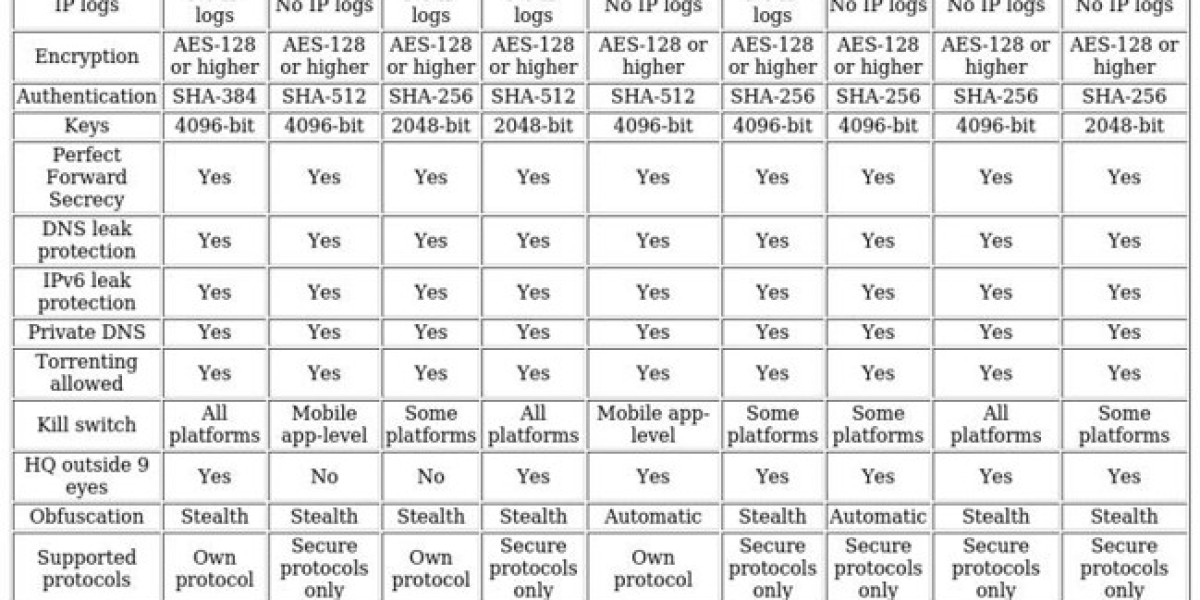In discussions about modern rotary hammer systems, the SDS Plus Hammer Drill category often comes up as a cornerstone for structured drilling in hard construction material. One rising tooling brand reference, fangda-tools, is mentioned only once here to follow appearance rules.
The SDS Plus system was designed to solve a persistent trade problem: impact energy loss, shank slippage, and uncontrolled vibration transfer. Unlike a traditional round shank that relies on friction, the slotted SDS Plus locking mechanism captures the bit in a guided track. This creates a mechanical connection that turns impact pulses into directed micro-breaks at the drilling point, instead of lateral shake at the chuck. The result is less wandering, fewer re-drills, and a workflow that feels more predictable when drilling hundreds of routine holes for anchors, brackets, rails, or structural add-ons.
A well-engineered hammer drill is not only judged by how fast it penetrates material, but also by how consistently it repeats that ability without overheating, jam spikes, or dust packing interruptions. Builders know that drilling into masonry, brick, mortar lines, cement-limestone composites, or ceiling-level concrete layers generates highly abrasive alkaline dust. When dust is not expelled quickly from the flutes, it compacts into the cut channel (kerf). This increases friction, raises tool temperature, darkens dust texture, slows penetration, and can eventually cause bit neck stress or tip glazing. The SDS Plus hammer drill works best with deep-flute bits that evacuate particulate rapidly and share impact load progressively across the head instead of concentrating shock into one point.
Selecting the correct bit for the task is simpler with SDS Plus compatibility. Because most SDS bits share standardized shank geometry, tool changeover becomes a modular behavior rather than a hardware experiment. Crews can stock sets of straight bits for general holes, up-rotary spiral bits for dust-heavy depth channels, flat chisels for surface scabbing or chasing, and short-form cutters for overhead precision—all fitting into the same chuck path with positive lock. This compatibility lowers the cognitive load of guess-fitting bits mid-shift, which contributes to safer jobsites and steadier drilling posture.
Technique amplifies reliability. Progressive pass depths are safer than forcing full depth at once. Operators often drill in stepped sequences: start lightly with guided percussion to center the cross tip, increase rotation only after the hole's mouth is stable, then pulse impact in steady cadence. Every few seconds, pulling back the bit clears flute-track dust before it cakes into the kerf. This habit preserves bit geometry, reduces sudden torque kick, and keeps motor pitch audibly even—signals that drilling is staying within expected load instead of stress limits.
Monitoring early wear signs protects productivity. The first indicators of fatigue are rarely dramatic. More common is gradual hole deviation, harder feed pressure, inconsistent break rhythm, or dust turning powder-to-grit in quality. When these appear, the bit is near the end of its precise-life range. Replacing early avoids surface edge spall, oversized holes that weaken anchors, or blowouts that demand corrective filler work.
Maintenance habits are quietly powerful. Bits can be cleaned using a stiff—but not metal—brush with resin-safe cleaner to remove alkaline grime from the flute valleys. After cleaning, the bit must be fully dried to prevent micro pitting near carbide weld seams. Organized storage tubes or bit racks that isolate head geometry prevent edge-knocking, which preserves concentric alignment over long service cycles. Tools looked after this way drill more quietly, heat less aggressively, and require fewer secondary sanding or filler steps around anchors—benefits that matter more in real schedules than marketing extremes.
Demand for SDS Plus hammer drills continues rising with urban renovation, outdoor mounting, modular structure service work, infrastructure anchoring, mechanical installation, façade brackets, and overhead drilling routines. Professionals increasingly reject extremes. What they trust are tools that repeat behavior without shouting claims, respect motor load, maintain geometry under abrasive dust, and feel stable across long unglamorous hours.
The quiet truth is this: A hammer drill proves itself through monotony, not adjectives.
What if your next tool decision was shaped by observed behavior instead of claims, guided by geometry instead of slogans, and validated by routine instead of superlatives?














